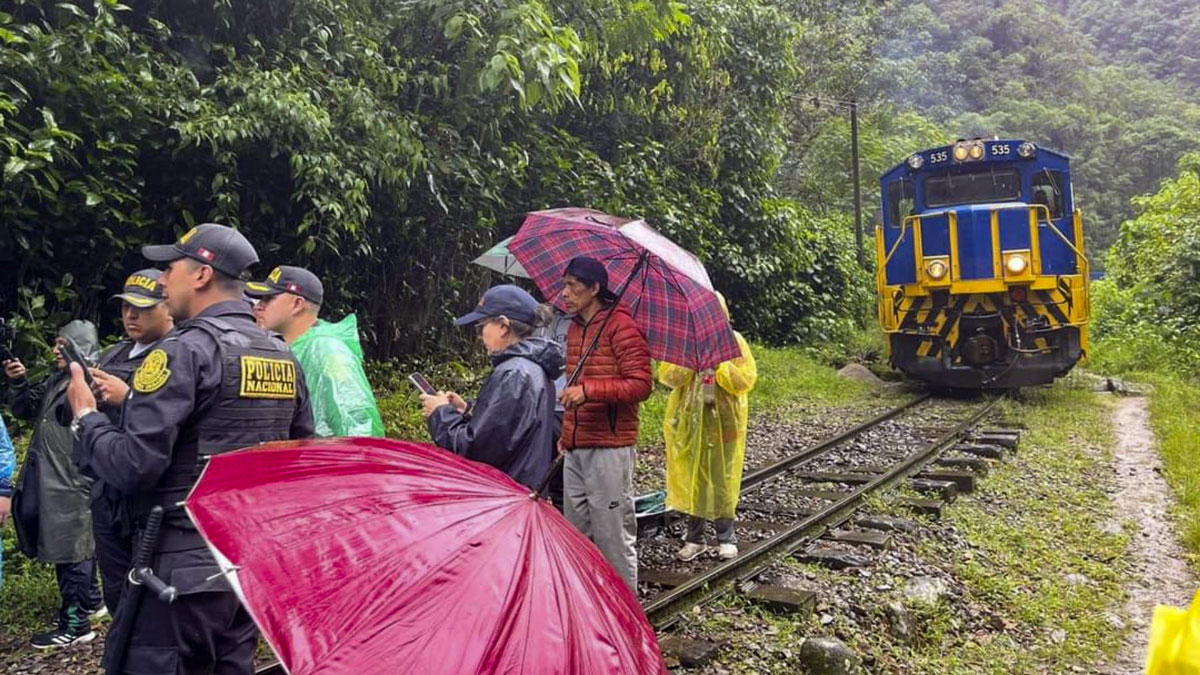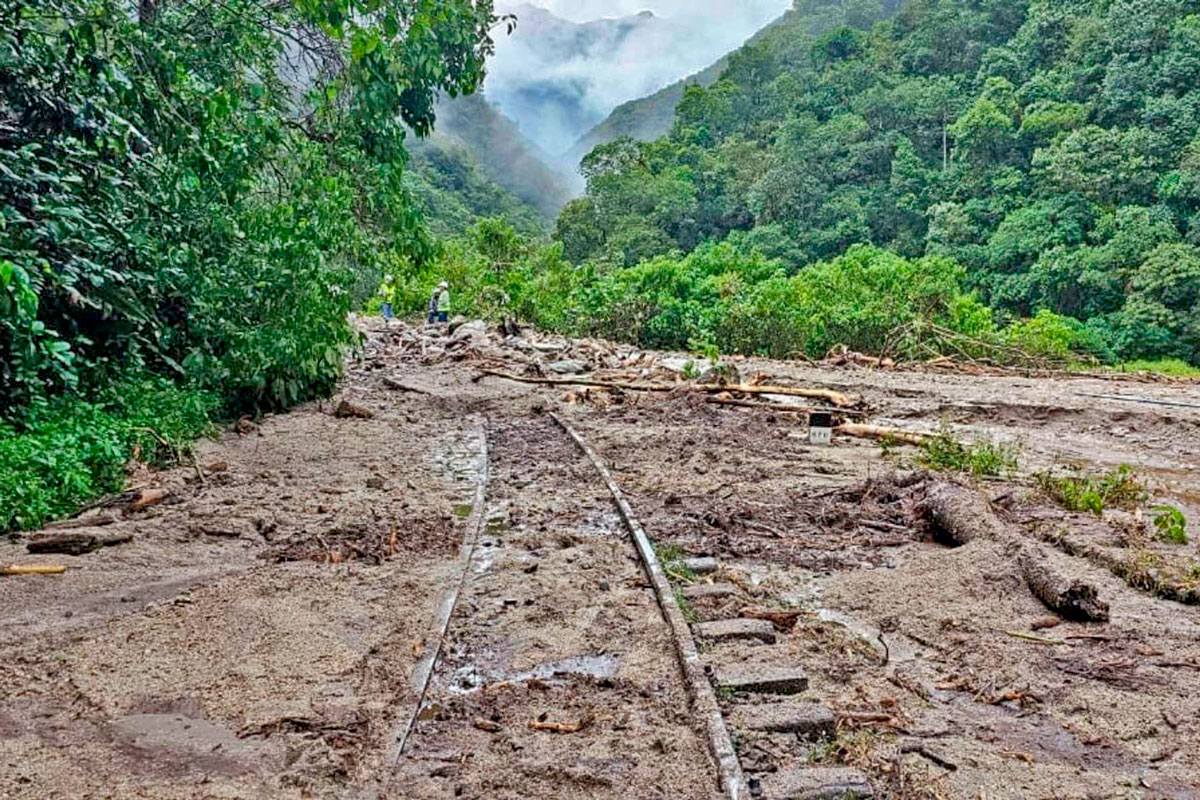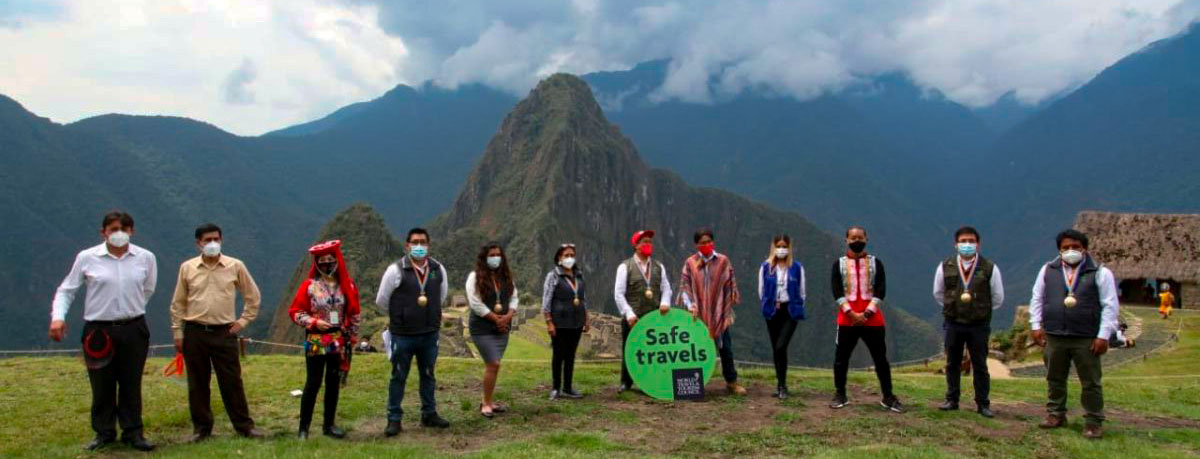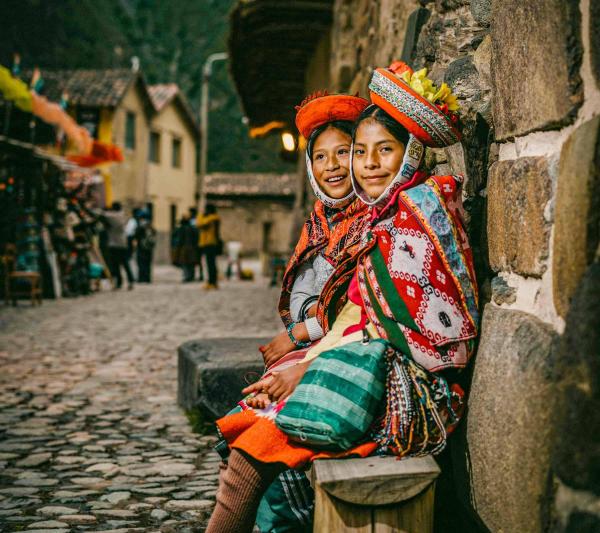Machu Picchu to Close in 2025? Contrary to some rumors, nothing has been officially announced regarding a closure. According to the latest publication by the Ministry of Culture, Machu Picchu will remain open during 2025, with new circuits introduced to enhance the visitor experience. Additionally, new rules have been established to better protect Machu Picchu during both high and low tourist seasons.
The Inca Trail tours will be fully operational throughout 2025, with the exception of February, when the trail is closed for maintenance. During this period, SERNANP and tour operators will collaborate to maintain campsites, bathrooms, and clean up plastic waste along the trail from KM 82 to Machu Picchu.
Machu Picchu is considered the "Mecca" of tourism in Peru, attracting millions of travelers from around the world each year. Recognized as one of the Seven Wonders of the World, it continues to draw global attention. As of 2025, there has been no mention of any potential issues that may cause its temporary closure.
Currently, Machu Picchu is open to visitors and operating at full capacity, with no reported closures from the Peruvian government. Nevertheless, it’s important to stay informed, as natural events, pandemics, route blockages, or strikes could result in temporary closures. In this guide, we’ll explore potential reasons for Machu Picchu closures, how to navigate such situations, and the alternative experiences that await adventurous explorers.
Machu Picchu Closure: Reasons Why the Inca City Might Close in 2025
Machu Picchu Strike:
Peru, like many other countries, faces internal issues. In Peru, it is not uncommon for access roads to important cities like Cusco, Arequipa, Puno or Lima to be closed as a form of protest, through which the Peruvian government often responds to local demands. In Cusco, many of these protests aim to protect the citadel of Machu Picchu, address the neglect of natural agriculture in the Andes, or raise concerns about unemployment and healthcare.
Machu Picchu has frequently become a focal point for blockades, as it attracts many visitors. During strikes, local inhabitants often block access routes to the citadel, impacting the free movement of tourists.

In January 2024, Machu Picchu experienced a temporary closure due to a strike. Residents of Aguas Calientes, the town nearest to Machu Picchu, protested by blocking key access routes, including the railway line and the Amazon route—both crucial pathways to the site.
The main reason behind the strike was the privatization of Machu Picchu ticket sales. The Peruvian government outsourced ticket sales to a private company, ending sales through the official platform, www.machupicchu.gob.pe, in 2024. In response, the residents of Aguas Calientes urged the government to revert to the previous booking system.
Climate Problems in Machu Picchu:
Weather issues are common in Machu Picchu. During the rainy season, many access routes to the citadel are closed due to the rising Vilcanota River or potential damage to the citadel. Landslides may also occur, affecting important roads.
Machu Picchu is located on the edge of the jungle in the Cusco region of Peru, and its climate is highly variable, which can lead to the temporary closure of the site. During January, February, March, and December, it's important to plan your trip carefully, as sudden weather changes may impact access routes to the citadel. For this reason, we recommend extending your trip to allow for potential delays.

Is Machu Picchu Closed in February?
The straightforward answer to these queries is a resounding NO. As of now, Machu Picchu is fully accessible to the public and will remain open year-round. The occasional closure of Machu Picchu only occurs in response to natural events that pose a threat to its infrastructure. It's worth noting that the Inca Trail is the only element temporarily closed in February.
However, Machu Picchu is currently undergoing significant changes. Were you aware that visiting hours for this enchanting citadel have been modified from 2021 to 2024? Under the new regulations, a total of 4,500 lower season and 5650 peak season daily visitors will be accommodated, divided into three circuits. These updated restrictions for Machu Picchu in 2025 have reshaped the visitor experience, prompting tour operators to adapt their approaches to accommodate these changes.
Machu Picchu Closures for Maintenance:
Machu Picchu attracts one million visitors every year, and this number is increasing annually. To protect the citadel, the Peruvian government has implemented measures, including reducing the time allowed for visits and creating three circuits. It is possible that more circuits will be created in the future. These Machu Picchu circuits are designed to ensure visitor safety and protect the UNESCO World Heritage Site. In the future, we may expect Machu Picchu to close temporarily for maintenance due to an overload of visits.
Pandemic or International Health
In March 2020, the Peruvian government temporarily closed Machu Picchu for 1 year and 4 months. During this time, local people who worked in Aguas Calientes hotels and restaurants, as well as local guides and porters, had to stop working and return home due to the lockdown imposed by the government to prevent the spread of COVID-19.

Once Machu Picchu reopened, the Peruvian government implemented health measures to ensure the safety of travelers, such as the use of masks, face shields, and alcohol-based disinfectants throughout the trip. Travelers were also required to present a vaccination card. Without one, they were not allowed to travel. We hope to never experience such a difficult time again.
This was the first time Machu Picchu was closed for such an extended period due to health concerns. Today, the Peruvian government has implemented health measures for future cases of this magnitude, learning from the events of 2020.
When Machu Picchu Closes:
Discovering that Machu Picchu is temporarily closed can be disappointing, but it's crucial to stay informed. Closures may occur due to heavy rainfall, making paths slippery, or for essential conservation work to preserve the site for future generations.
Machu Picchu might not close in 2025. Since it has become a key tourist destination in Peru, the Peruvian government is creating laws to ensure that Machu Picchu remains 100% operational throughout the year. The Inca citadel, along with tourism in Peru, is under the global spotlight.
What to Do When Faced with Closure
Stay Updated: Regularly check official sources, such as the Ministry of Culture and your tour operator, for real-time updates on Machu Picchu's status.
Explore Surrounding Wonders: Use the opportunity to explore nearby attractions like the Sacred Valley, Ollantaytambo, or engage in alternative activities in Cusco.
Alternative Experiences:
Choquequirao: Located in Cusco, Choquequirao is Peru's second most visited citadel and is often regarded as the sister of Machu Picchu.
Vilcabamba: Situated around 8 hours from Cusco, the Inca citadel of Vilcabamba is divided into two circuits, Vitcos and Marampata.
Sacred Valley of the Incas: This route showcases some of the most stunning Inca sites, including Pisac, Ollantaytambo, Chinchero, Moray, Huchuy Qosqo, and many others.
Lares Trek: Immerse yourself in local culture while trekking through the Lares Valley, encountering traditional Andean communities.
Inca Quarry Trail: Follow the Quarry Trail, a less-traveled route, offering a unique perspective and fewer crowds.
Inca Trail Closures
The Inca Trail, a legendary pathway leading to the ancient wonder of Machu Picchu, is a dream trek for many adventure enthusiasts. However, like any great adventure, unexpected challenges can arise. One such challenge is the occasional closure of the Inca Trail. In this guide, we'll explore the reasons behind closures, what to do if you find the trail closed, and alternative trekking options.
Understanding Inca Trail Closures:
The Inca Trail is a fragile and historic route that occasionally faces closures due to various reasons. Natural events like heavy rains, landslides, or maintenance work may necessitate temporary closures to ensure the safety of trekkers and preserve the trail's integrity.
When the Inca Trail Closes:
Every February, the Inca Trail to Machu Picchu undergoes maintenance. During this month, all tour operators and SERNANP conduct maintenance on the campsites and route, addressing issues like cleaning up trash left by visitors, nearby residents, or porters.
In some cases, landslides caused by the rainy season or forest fires can block the Inca Trail for days. Although these instances are relatively rare, the Ministry of Culture and SERNANP take swift action by diverting hikers to the Inca Trail valley alternative route.
If you've planned your adventure and discover that the Inca Trail is temporarily closed, don't be disheartened. It's crucial to stay informed about the trail's status before your journey. Various factors, such as weather conditions or infrastructure maintenance, can lead to closures.
What to Do When Faced with Closure:
Stay Informed: Regularly check official sources for updates on the Inca Trail status. This includes checking with your tour operator, the Ministry of Culture, or local authorities in Cusco.
Explore Alternative Routes: While the Inca Trail might be closed, fantastic alternative treks to Machu Picchu exist. Consider the Salkantay Trek, Lares Trek, or the Quarry Trail for unique experiences and breathtaking landscapes.
Tips for a Seamless Experience:
Flexible Itineraries: When planning your journey, maintain flexibility in your itinerary to accommodate unexpected changes.
Book with Reputable Operators: Choose Machu PicchuT tour operator with experience in navigating changes and offering alternative trekking options.
While the temporary closure of the Inca Trail might seem like a setback, it often leads to new and unexpected adventures. Embrace the flexibility of your journey, explore alternative trails, and remember that the beauty of Machu Picchu awaits at the end of your trek, regardless of the chosen path.






